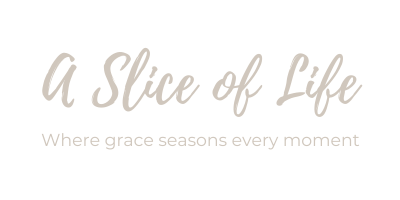 Please join me in welcoming Dawn Espelage back to tell us more about the value of Life Books and how to create one for an adopted child.
Please join me in welcoming Dawn Espelage back to tell us more about the value of Life Books and how to create one for an adopted child.
I’m delighted to be back for a continuation of the Life Books topic. As stated in the earlier post, a Life Book provides a cohesive thread between two worlds. Over the years I have seen well-meaning people who have completed scrapbooks for children and called them Life Books. They are not ~ yes, they capture beautiful memories however they rarely chronicle and blend the backgrounds of two families. When completed for the child, there is no room for that child to claim the identity or process emotion. The Life Book can be as elaborate or as simple as the child wants it; so it is possible that scrap booking items may be used.
Ideally, a Life Book is begun for (or with, depending on age) a child at time of separation from birth family so that, if at all possible, memorabilia can be obtained. Letters to your child from birth family members, babysitters, foster families and anyone else important in the life of your child are treasures. Pictures of all the people, pets and homes that were a part of your child’s life are important as well. Medical and genetic reports are invaluable including information pertaining to mental health history, birth certificates, footprints and prenatal and birth records. If you are in the process of adoption, make every attempt to gather as many of these items as possible.
However, the reality is that most adoptees do not have this information and Life Books are not completed at a young age. The good news is that Life Books remain a valuable tool no matter what age you start and regardless of how much or how little knowledge there exists about your child’s beginnings. Letters from adoptive family members about the anticipation of a son or daughter/new sibling etc., preparations and the first day home together are beautiful to include and information that should be readily available.
When starting a Life Book with a child, it is best to initially focus on the present. I have read some who suggest starting at birth but I believe that a child needs to become comfortable with the Life Book process first. This is also important if your family is newly-formed. Ask what subject they want to begin with such as current family photos, school, interests, friends. Be cognizant of those natural segues into working on the Life Book. For instance, if your child brings home a report card or an award, use the Life Book as a way of capturing and celebrating the moment. Other avenues to Life Book creation may include when the child asks questions about their birth family. These are opportune times to bring out the Life Book. If you have no information and/or pictures of the birth family, then ask your child what he/she thinks their birth parents may have looked like, enjoyed, jobs etc. Have the child draw a picture representing these images or cut pictures out of magazines. When a child verbalizes self-blame (i.e., “I must have been a bad baby”), re-frame on their age level more positive statements (i.e., “Your birth mommy loved you but she was sick.”). Connecting with Kids Through Stories, although written specific to attachment, provides helpful ways to use story as a way of restructuring negative self messages. Draw with your child a family tree and allow that tree strong roots with many branches representing both birth and adoptive family.
Flesh out their story from infancy to their current age. If you have no baby pictures, have your child tell/draw/collage what they think they looked like. If you don’t have footprints, draw some and also get current footprints and compare. Although it won’t fit in a Life Book, if you don’t have that first pair of shoes, go shopping and let your child pick out a pair that they think they would have had as a baby. Over time, paint in the missing pieces of your child’s life. Throughout the process, allow your child space to express their feelings and incorporate that into the Life Book through creative writing and artwork. The Life Book process provides a concrete visual that your child can always return to as well as time that is solely focused on them which lends itself to increased attachment and self-esteem.
Three ring binders are typically used as they allow for growth over time. There are resources on the internet for Life Book inserts as well as suggestions such as http://www.adoptionlifebooks.com/ and http://www.tapestrybooks.com/categories.asp?cID=79. Finally, as your child develops, their earlier concepts of self may shift as well. Reflect and even repeat past Life Book activities for deeper understanding. I have worked with adult adoptees doing this for themselves for the first time who gain immense insight. Overall, have fun with Life Book creation. Forget perfection, remembering that it’s about the process, not the product. The outcome itself is immeasurable.
Dawn Espelage has worked as a social worker in foster care adoption for 13 years. She is an advocate for the 120,000 children in foster care in the United States waiting for a forever family. Dawn facilitates training and support groups for foster/adopt parents and teaches Life Book classes.
Dawn is also a life journey guide for women, utilizing writing prompts and art journals as a way to facilitate telling our stories. She is the author of “Life Lines: Celebrate Your Journey.” Visit Dawn @ http://lifelinesjournaling.com or http://lifelinesjournaling.blogspot.com

